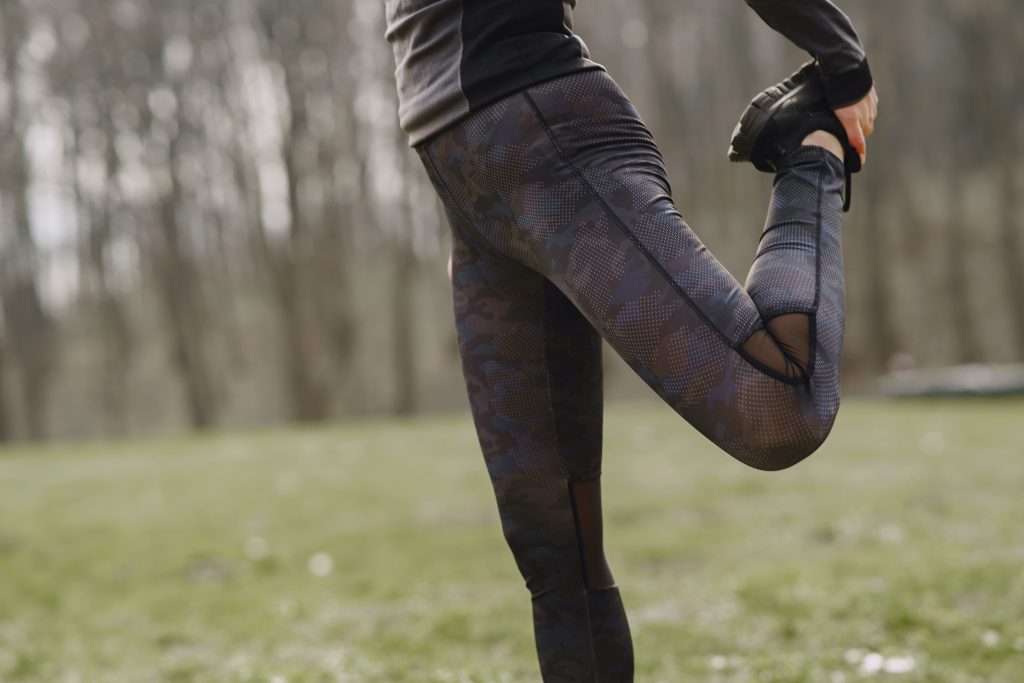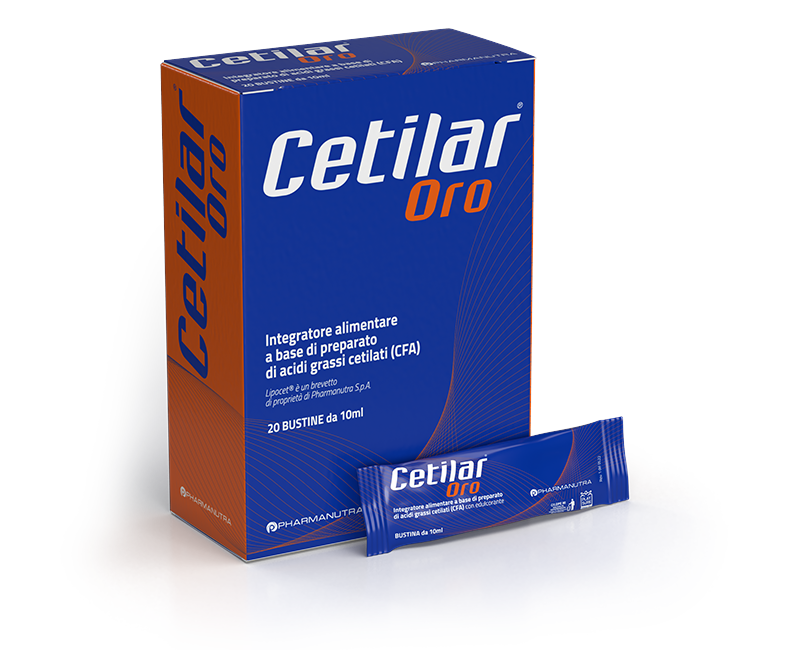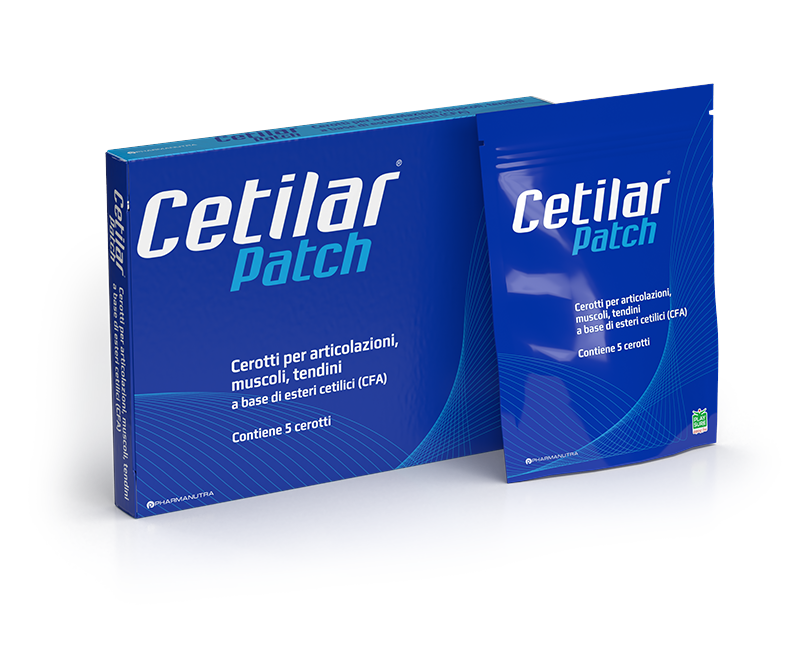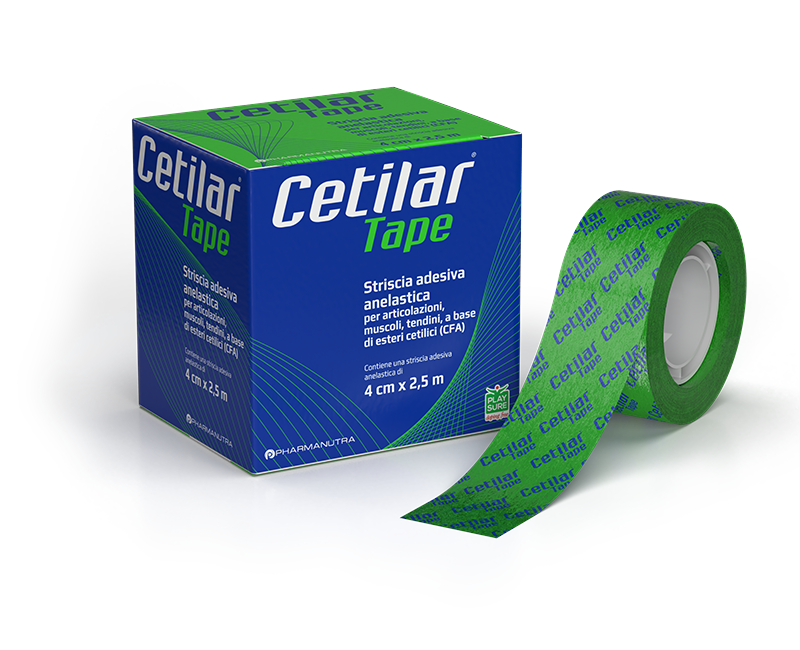Muscle sprain: what it is, how to treat it and the differences between sprains, contractures, and strains

Sprains, strains, contractures, are all muscle injuries that can occur either during sport or in an everyday context, such as lifting a weight incorrectly or following a sudden and abrupt movement. Be careful though, these terms are not synonyms!
Each of these muscle injuries varies in intensity and duration, so remedies and recovery times will also vary.
In this article we will be looking at the causes and symptoms of a sprain, explain the differences with a muscle strain or a muscle contracture and find out what to do to recover quickly.
What is a sprain? Difference between sprains, strains, and contractures
A muscle sprain, also medically defined as a muscular elongation, is a Grade 2 injury, which causes muscle fibres to stretch beyond their normal physiological capacity. If we were to classify muscle injuries according to their severity, the sprain ranks between the muscle contracture (permanent increase in muscle tone) and the muscle strain (rupture of muscle fibres).
The muscles that are most likely to suffer from muscle sprains are those of the lower limbs, i.e. the thigh and the back of the leg. In particular, it affects:
- The quadriceps femoris muscle, especially the rectus femoris
- The ischiocrural muscles, in particular the femoris biceps
- The adductor muscles
- The calf muscle (triceps surae).
These injuries are quite common in sports such as football, tennis, rugby, athletics and other similar activities.
With regards to the upper body, sprains are rare, but can occur mainly in the pectoral muscle, the brachial bicep, and the abdominal muscles.
The causes of sprains
Muscle sprain injuries are common, especially in sports which cause a sudden and excessive stretching of the muscle. Sprains can have several causes, including:
- Failure to warm up properly before physical activity;
- Poor physical condition;
- Excessive muscle load;
- Sudden and brusque movement (e.g., a fall);
- Repeated microtrauma on the muscle;
- Excessive physical/mental fatigue;
- Rigidity of the muscle chains;
- Insufficient rest between training sessions.
Symptoms and diagnosis
In the case of a sprain, the main symptom is acute pain, which comes on suddenly in the form of a twinge at the time of the injury, and then worsens once the physical activity stops and the body ‘cools down’. In the case of a calf or thigh sprain, within 24 hours of the injury, walking may become difficult or the person could start to limp, sometimes with the appearance of localised bruising due to broken capillaries. If the pain is tolerable and does not cause major difficulties in movement, it can often be mistaken for a simple contracture.
The diagnosis of muscle sprain is usually clinical: the doctor or physiotherapist will be able to determine whether the injury is a simple contracture, sprain or strain based on the symptoms and the dynamics of the injury. If there is any doubt about the extent of the muscle injury, a simple ultrasound examination can give a precise answer. The differential diagnosis is essential to establish the recovery programme, as some techniques that are indicated for contractures (e.g., stretching and massage) are not recommended for muscle strains or sprains.
What to do in the case of a muscle sprain
What you can do on your own after a sprain
If there is sudden and unexpected pain during physical activity, at a specific point within a muscle, it is possible that we are dealing with a muscle sprain. Remember that the first thing to do is to stop exercising immediately.
You should then rest and apply ice for 15-20 minutes several times a day for the first 3 days. It is also advisable to see a sports physiotherapist or doctor as soon as possible to assess the extent of the damage.
Medication for a sprain
Usually, a sprain does not require medication. If there is a lot of pain, a doctor may recommend NSAIDs (non-steroidal anti-inflammatory drugs) for a few days to reduce inflammation. In the first week after the injury, local application of an anti-inflammatory cream may help.
Physiotherapy and recovery times
In the first rehabilitation stage, the goal is to reduce inflammation and pain. In addition to rest, instrumental therapies such as TECAR and LASER can be useful to speed up recovery.
In the second phase, once the pain has gone and the sprain has healed, we can move onto the recovery phase: through exercises of increasing intensity carried out in the gym, the muscle is strengthened and the movements that the athlete will have to repeat on the field are simulated, paying close attention to stretching and warming-up, activities which are essential in order to prevent the injury from recurring.
Recovery times depend on the severity of the muscle injury, but generally range from 2 to 3 weeks.
Tips for preventing sprains and the consequences of an untreated muscle sprain
In many cases the sprain is an event beyond our control and which we cannot predict. However, we can reduce the likelihood of its occurrence by following a few simple tips:
- Always perform a good general and specific warm-up before physical activity
- Do not push your body beyond its reach, especially if you feel physically and mentally tired.
- Keep muscles flexible and joints mobile with frequent stretching and postural exercises
- Observe the relevant recovery times between training sessions
- Follow a balanced diet and make sure you get enough sleep
A sprain usually heals with rest alone, the period of which can vary depending on the extent of the injury and there are no long-term consequences. However, underestimating the injury and continuing to perform the sporting activity despite the pain, can lead to a more serious injury such as a muscle strain. In that case, recovery times are considerably longer, and can last from a few weeks to several months.




